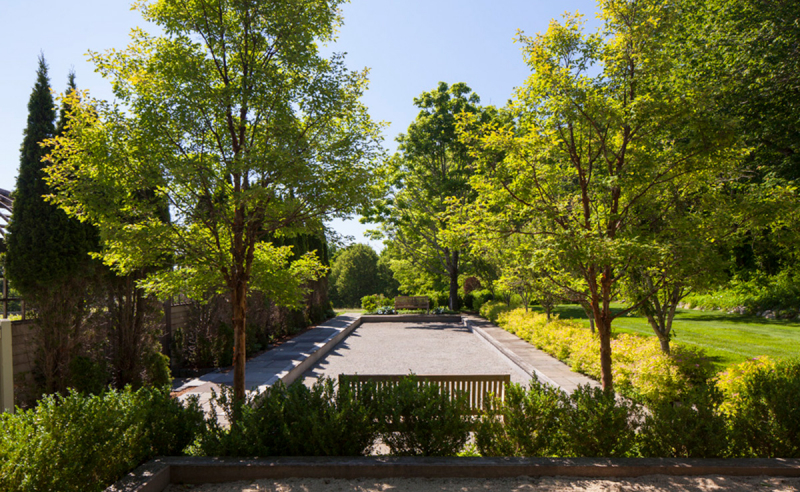The 4-Minute Rule for Landscape Design
The 4-Minute Rule for Landscape Design
Blog Article
Fascination About Landscape Design
Table of ContentsThe Basic Principles Of Landscape Design Landscape Design Can Be Fun For Anyone10 Easy Facts About Landscape Design Described5 Easy Facts About Landscape Design Explained
When making a household landscape, the most vital action is to put a plan on paper. Establishing a plan of attack will certainly save you time and money and is most likely to result in an effective style. Landscape Design. A master strategy is developed through the 'layout procedure': a detailed technique that considers the environmental problems, your needs, and the aspects and principles of designThe 5 actions of the layout process consist of: 1) performing a site inventory and analysis, 2) identifying your needs, 3) producing functional layouts, 4) developing theoretical design strategies, and 5) drawing a final layout strategy. The first 3 actions establish the aesthetic, practical, and gardening requirements for the design. The last two actions then apply those demands to the development of the last landscape plan.
This is a critical step for both plant choice and positioning and locating family members tasks and features. It's crucial since the exact same climate problems that impact the plantstemperature, humidity, rain, wind, and sunlightalso influence you, the user. The next step is to make a checklist of your demands and desiresthis assists you identify how your backyard and landscape will certainly be used.
The useful diagram is then utilized to find the task rooms on the website and from this representation a conceptual strategy is created - Landscape Design. The last step is a final design that includes all the hardscape and growing details that are needed for installation. Throughout the style procedure there are ten essential points to consider: for plant selection and task place by considering what you desire and require to help determine forms and arrange spaces by assigning activity areas and connecting with aspects for both the setting and the individual by using massing and layering techniques such as transition locations and prime focus in the materials, the shades, and the surface area appearances for the growth and upkeep of plants by utilizing sustainable layout methods A detailed stock and evaluation of the website is essential to figure out the environmental conditions for plant development and the very best use the site
More About Landscape Design
The type of soil identifies the nutrients and moisture readily available to the plants. It is always best to use plants that will certainly flourish in the existing soil. Although soil can be amended, modification is typically pricey and most times inefficient. Existing vegetation can give hints to the dirt type. Where plants grow well, keep Recommended Reading in mind the dirt problems and make use of plants with similar expanding demands.

Sun/shade patterns, the quantity and size of direct exposure to sunlight or shade (Number 1), develop microclimates (occasionally called microhabitats). Recording site problems and existing plants on a base map will disclose the place of microclimates in the backyard. Plants typically drop into one or 2 of four microclimate categories-full sunlight, partial shade, shade, and deep color.
Energies Get More Information such as power lines, septic storage tanks, underground utilities and roof overhangs determine plant location. Utilize a land surveyor's plat of your residential property for the boundaries and location of your home.
The Buzz on Landscape Design
Figure out the time and cash you are ready to put right into preserving the plants and hardscape-be practical regarding your intents and ability. Recommended usage locations. Credit Scores: Gail Hansen, UF/IFAS There are many different landscape layout motifs- from basic to complicated, but it is valuable to select one to guide your plant and material choice.

Determine if you wish to open your backyard, shut your lawn, or a little of both, to these sights. Simply put, do you want the garden to confine the space around you and relate mainly to the house, or do you desire the garden to open views and look external, relating to the environments? This will certainly provide you a starting indicate think of a motif.
An Unbiased View of Landscape Design

Every garden should have a type motif, however not all gardens have a style motif. Lots of property yards have no particular design other than to mix with the home by repeating information from the style such as materials, color, and form.
In a type style the company and form of the areas in the backyard is based either on the shape of the house, the shape of the areas between the home and the residential or commercial property borders, or a favored shape of the homeowner. The form theme identifies the shape and organization (the layout) of the spaces and the web links in between them.

Report this page